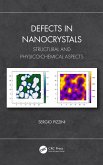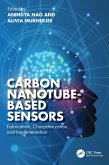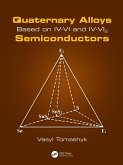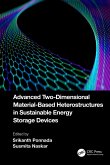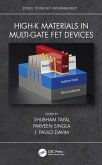Features:
- Focuses on emerging 2D titanium-based MXene (Ti3C2Tx and Ti2CTx) materials
- Offers detailed synthetic strategies and scalable approaches
- Covers defect engineering and physical properties
- Compares the uniqueness of 2D titanium-based MXene with other 2D-layered materials
- Discusses 3D macrostructure of titanium-based MXenes and their practical application in photodetectors, catalysis energy storage devices, and biomedicines
The first comprehensive book on the subject, this work is aimed at researchers in materials and electrical engineering and related disciplines.
Dieser Download kann aus rechtlichen Gründen nur mit Rechnungsadresse in A, B, BG, CY, CZ, D, DK, EW, E, FIN, F, GR, HR, H, IRL, I, LT, L, LR, M, NL, PL, P, R, S, SLO, SK ausgeliefert werden.



